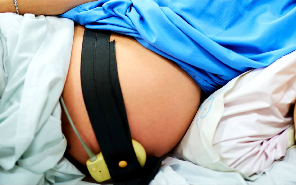

Avoidable Hypoxia Results in Stillbirth
When Mrs X’s healthcare providers failed to identify dangerous deviations in her baby’s heartbeat, this tragically resulted in the child being delivered stillborn. Learn how we helped secure the justice, answers and compensation our client was rightly owed.
- Home >
- Case Studies >
- Avoidable Hypoxia Results in Stillbirth
Background
During her pregnancy with her second child, Mrs X was identified as having a low PAPP-A level, so her baby’s growth was monitored closely. Mrs X was then admitted to hospital in labour at 41 weeks gestation. Despite a CTG (Cardiotocography) being applied for the majority of her labour, Mrs X’s son was stillborn.
The Trust performed an investigation and the report concluded that the CTG showed a significant deviation of the fetal heartbeat from the baseline, which was not recognised at the time. A post-mortem revealed that the baby was normally grown with no abnormalities, and it was concluded that the cause of the stillbirth was acute hypoxia.
This meant that, had the CTG been properly read, the baby would have been delivered as an emergency and he would have been born alive and uninjured. In this case of medical negligence a birth injury claim was pursued.
Settlement
Given the contents of the Trust Investigation, breach of duty and causation were admitted without the need to issue court proceedings. The claim was then settled for £42,530 in total with the support of our specialist medical solicitors.
This case was led by Corrina Mottram.
NOTE: While our case studies are designed to give an indication of the outcomes that can be achieved in these circumstances, the compensation awarded in individual cases can vary significantly due to a range of factors, including effects on life expectancy, the severity of the negligence that took place, and the financial impact.
Featured birth injury case studies
Featured birth injury insights






